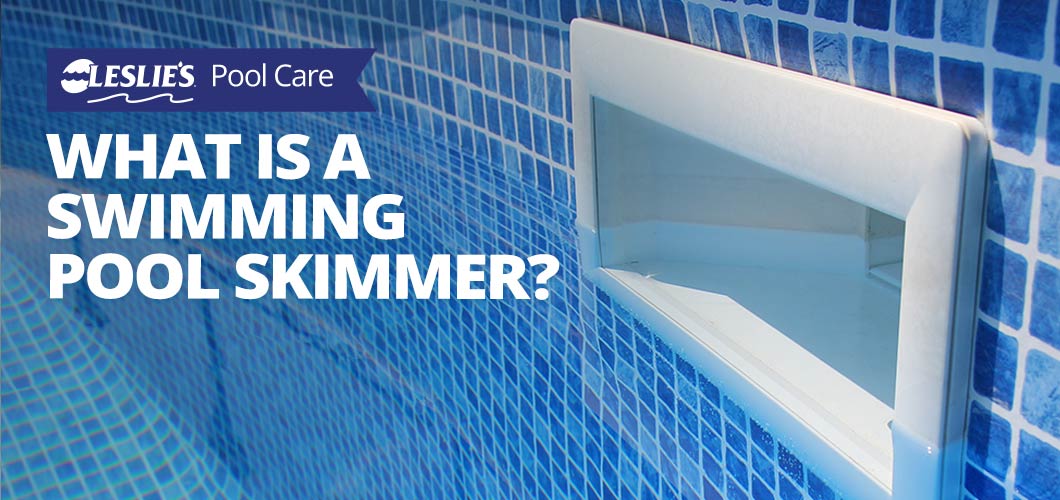
What is a Swimming Pool Skimmer?
It’s a common question for new pool owners: What is a pool skimmer? Not to be confused with handheld skimmer nets (also known as leaf rakes or leaf nets), swimming pool skimmers are installed at the waterline of both inground and above ground pools. Pool skimmers have been used for many decades – since the late 1950s! They work to help keep your pool water clean and your pump running efficiently.
To get the most out of your pool skimmer, it’s important to understand how they work. In this blog post, we’ll walk you through the different types of skimmers. We'll also discuss basic maintenance tips and how to troubleshoot common issues. Last, but not least, we'll explain how to replace a skimmer when it goes bad.
The Purpose of a Pool Skimmer
Pool skimmers serve many vital roles in a pool. For starters, they are necessary for good water circulation, drawing water into your pump as it runs. This water then moves on to the pool filter, which removes fine dirt, oils, and other debris before the clean water returns back to the pool. In addition, pool skimmers contain large debris like leaves,twigs, and acorns to keep them from clogging up the pool pump and plumbing lines. Pool skimmers gather floating debris at the surface before it can sink to the bottom of the pool, thus reducing pool cleaning time.
Understanding the Different Types of Pool Skimmers
As you probably already guessed, there’s not a “one size fits all” when it comes to pool skimmers. There are a few different types of skimmers depending on which type of pool you have.
Above Ground Pool Wall Skimmers
Available in standard or widemouth versions, above ground pool skimmers are bolted and gasketed to an opening at the top of the pool wall. A flexible hose or pipe connects the skimmer to the pool pump.
Inground Pool Wall Skimmers
Attached to the pool at the waterline, inground skimmers are also available with standard square or rectangular (widemouth) openings. They come in two different models for use with either concrete or vinyl pools. These skimmers connect to the underground plumbing lines that go to the pool pump.
Floating Pool Skimmers
Sometimes called a “Lily Pad Skimmer,” these are made for above ground pools and portable pools without a built-in wall skimmer. This type is an over-the-wall skimmer that connects to the pump with a short hose or pipe.
How To Maintain a Pool Skimmer
Although it’s a critical part of a healthy pool, your pool skimmer doesn’t require much effort to maintain. There are just a few key points to remember during your weekly pool care routine:
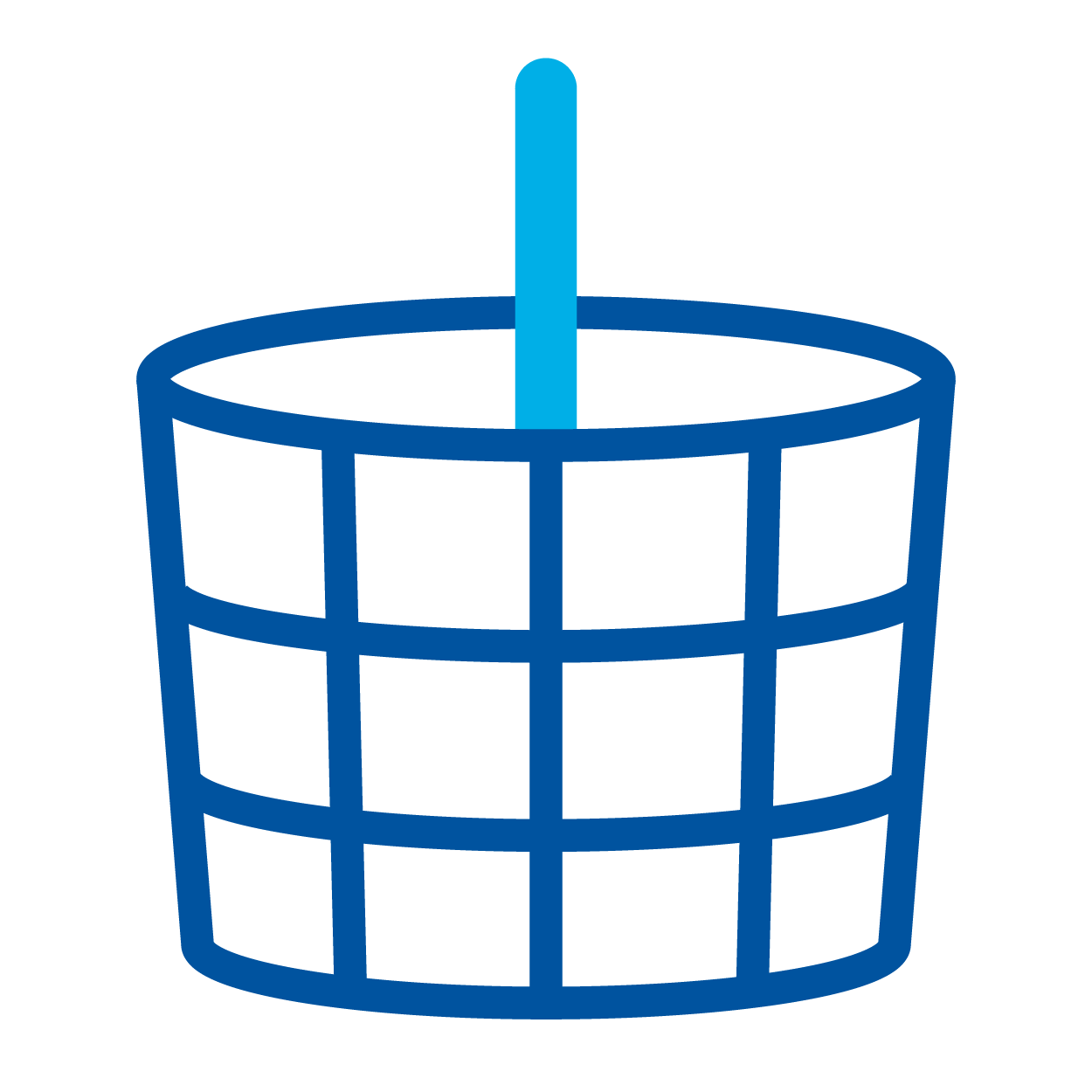
1. Empty the Skimmer Basket Often
First, shut off the pump. Next, remove the skimmer lid and lift the skimmer basket out for cleaning. A clogged skimmer basket restricts water flow to the pump, which also limits its ability to efficiently skim debris from the pool surface. For pools with particularly heavy leaf debris, manual skimming with a leaf net may be required. If you’re reluctant to reach into the dark, deep skimmer, attach a Skimmer Angel basket handle, which extends to just below the skimmer lid and keeps your hand out of the water. Empty the basket at least once per week, or more frequently as needed.
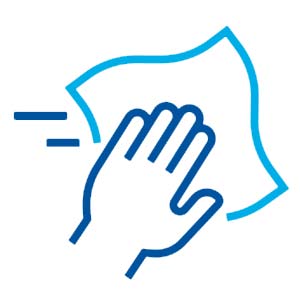
2. Clean the Skimmer Itself
Aside from emptying the skimmer basket, occasionally clean and wipe down the inside of the skimmer well and throat. When you keep the inside of the skimmer clean at the waterline, floating oil and dirt will be more likely to stick to the inside of the skimmer instead of your pool walls.
3. Replace Skimmer Parts as Needed
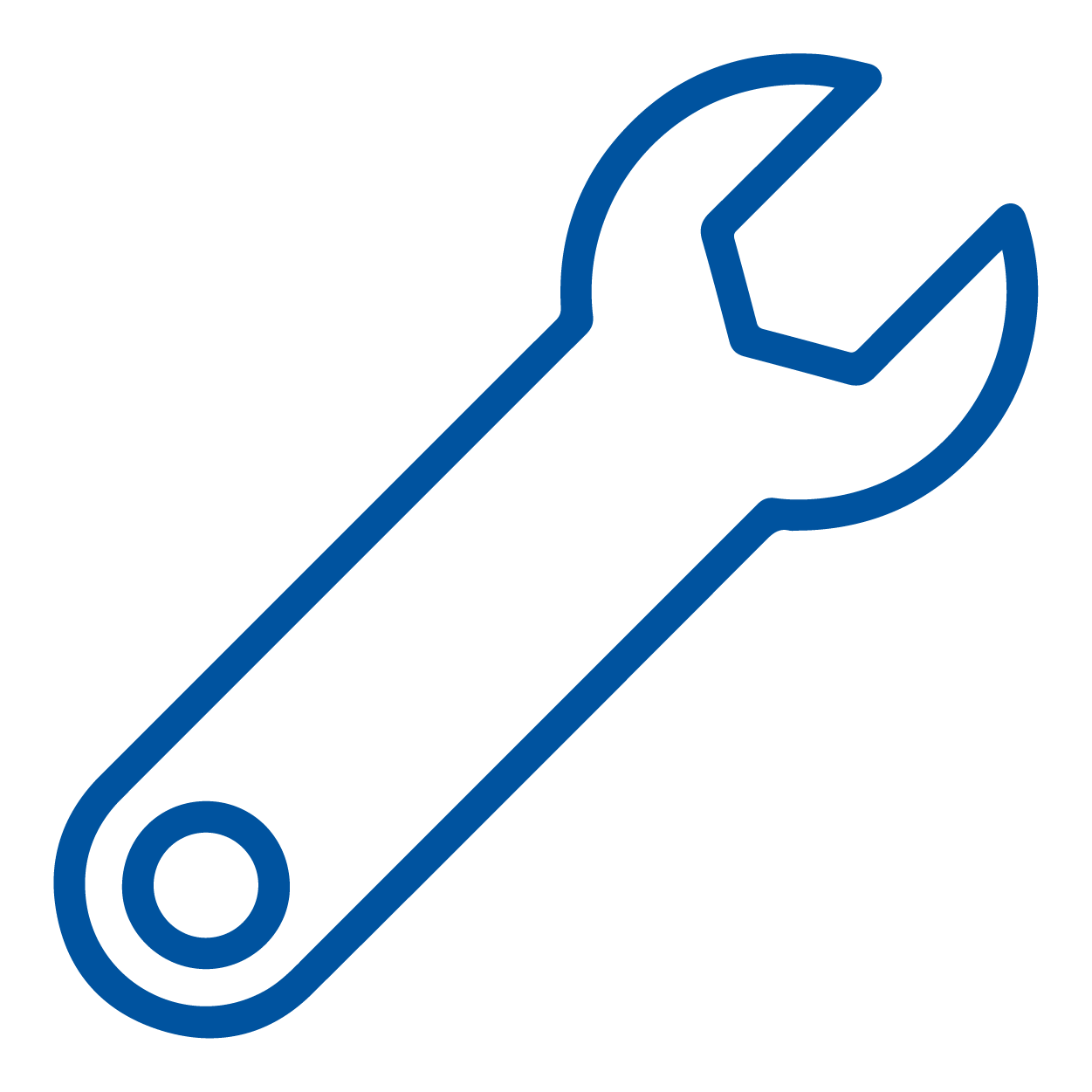
It’s not a bad idea to keep a couple extra skimmer parts, such as replacement lids and baskets, on hand. Replace broken skimmer lids to prevent foot/ankle injuries, and replace cracked skimmer baskets to keep the pump basket clean. One important, yet often neglected, part is the skimmer weir. Weirs help with the flow of water into the skimmer, and when the pump shuts off, they float upright to prevent leaves and debris from floating back out into the pool. Find replacement parts for your skimmer by referencing the make and model. Not sure what you need? Look closely on your skimmer weir, lid, or basket for manufacturer info or a stamped part number.
4. Protect Against Freeze Damage

During the winter months, freezing water can be a skimmer's worst nightmare. While you're going through your winterization checklist, remember to add some type of protection to your skimmer. We recommend using a Gizzmo or similar freeze expansion device inside the skimmer to absorb the pressure of expanding ice. You can also use a skimmer plug to prevent pool water from entering through the front of your skimmer during the off-season.
Pool Skimmer Connections
The pool skimmer can connect to much more than just your pool pump and filter.
Pool Vacuum
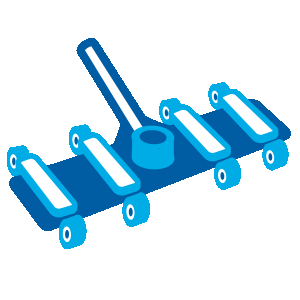
Connect a vacuum head and hose to the skimmer, and you can easily remove dirt and debris from the bottom of the pool. Connect the hose directly to the hole in the bottom of the skimmer to move debris into the pump basket, or connect to a vacuum plate on top of your skimmer basket. Many pool owners prefer the second method since the skimmer basket is often larger and easier to empty than the pump basket. To avoid damaging your pump, be sure that the hose is completely full of water before connecting to the skimmer.
Automatic Pool Cleaner
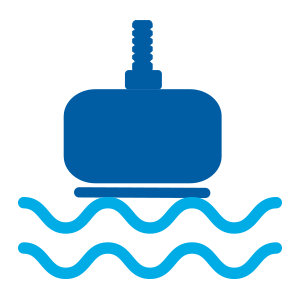
Suction side pool cleaners attach to a skimmer in the same way as a manual vacuum hose. The main difference is that once attached, pool cleaners will vacuum the pool for you automatically. To keep the pump basket from clogging, many pool owners attach a leaf canister (available in large and small sizes) to the cleaner or vacuum hose. This helps to trap large debris before it makes it to the skimmer or pump basket.
Main Drain
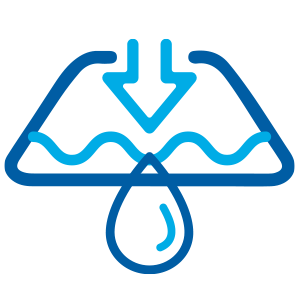
For some inground pools, the main drain is connected into the skimmer, and a diverter is used to control the amount of skimmer suction and drain suction. Typically, the main drain pipe is attached to the front hole (water side) at the bottom of the skimmer, and the pipe that runs to the filter pump connects to the back hole (deck side). For inground pools with this type of skimmer plumbing, be sure to use the correct skimmer diverter to dial in the optimum water flow between your skimmer and drain.
Troubleshooting Pool Skimmer Problems
When your skimmer isn’t working the way you’d expect it to, take a minute to identify the root of the problem.
No Suction or Poor Suction
Check that the skimmer basket, pump basket, and pool filter are all clean. If you have valves to control the skimmer and main drain, turn the valve to close off other suction lines, leaving the skimmer valve fully open.
Whenever the skimmer loses suction when a cleaner hose or vacuum hose is attached, be sure that the hose is full of water before connection, and that the hose has no splits or cracks that could draw air. If there’s still no skimmer suction, check that the pump impeller and skimmer pipe are not clogged.
Also make sure that the water level is about halfway up the mouth of the skimmer – a water level that’s too high or too low won’t allow your skimmer to work efficiently.
Skimmer Not Catching Surface Debris
When you notice there’s a lot of excess debris on the pool’s surface, and it’s not ending up in the basket, check to make sure you have proper suction (see above). Once you’ve ruled out any water flow issues, check the function of your skimmer weir door. A malfunctioning weir won’t direct debris into the skimmer basket, and it won’t keep the debris there once the pump shuts off. Make sure the weir swings open and closed easily.
Cannot Remove Skimmer Basket
Make sure that the pump is turned off. If the basket is stuck and full of leaves and debris, remove the leaves by hand until the seal is broken, and the basket can be lifted out easily. If leaves are not present, the basket may be warped; use a side to side wiggling motion to slowly work the basket out. If the skimmer basket still won’t come out, break the basket with pliers, and replace it with a new one.
Leaking Skimmer
Skimmers used on concrete pools are notorious for leaking after many years of use. The plastic skimmer and concrete expand and contract differently, which eventually cracks the grout around the skimmer face. Freeze damage during winter can also crack the skimmer well or side walls. However, you can fix both issues easily with epoxy pool putty. For vinyl pools, a leaking skimmer usually means failed faceplate gaskets. If tightening the faceplate screws does not stop the leak, visit our Skimmer Parts page to find the correct replacement gasket.
Debris Passing Through the Skimmer Basket
Small debris from blooming trees, pine needles, or grass clippings can easily pass through a skimmer basket and clog up the pump basket. Prevent this from happening by using a Debris Shield, a mesh skimmer sock that fits tightly over the basket to trap small particles like pet hair and pollen.
How To Replace a Pool Skimmer
Replacing an above ground wall skimmer is a fairly simple afternoon job, as long as you buy the same skimmer to match the opening size and screw placement. You can your above ground pool skimmers at Leslies, with prices starting under $35.
On the other hand, replacing an inground skimmer is not an easy task, and is best avoided if possible. This is because inground skimmers are not only in the ground, but they’re also encased in concrete. You can buy an inground skimmer for around $100, but the labor cost can easily be 10-20x that amount if you hire a professional. Cracks or damage can often be repaired with pool putty or other underwater sealants, such as Mr. Sticky’s or Underwater Magic, depending on the extent of the damage.
Other Skimmer Questions
If you're having trouble with the skimmer in your pool, or if you have any questions related to skimmer care and maintenance, we can help! Call or stop by your local Leslie's store to speak with one of our friendly pool experts. We have everything you need to maintain, repair, or even replace your skimmer if the need arises.